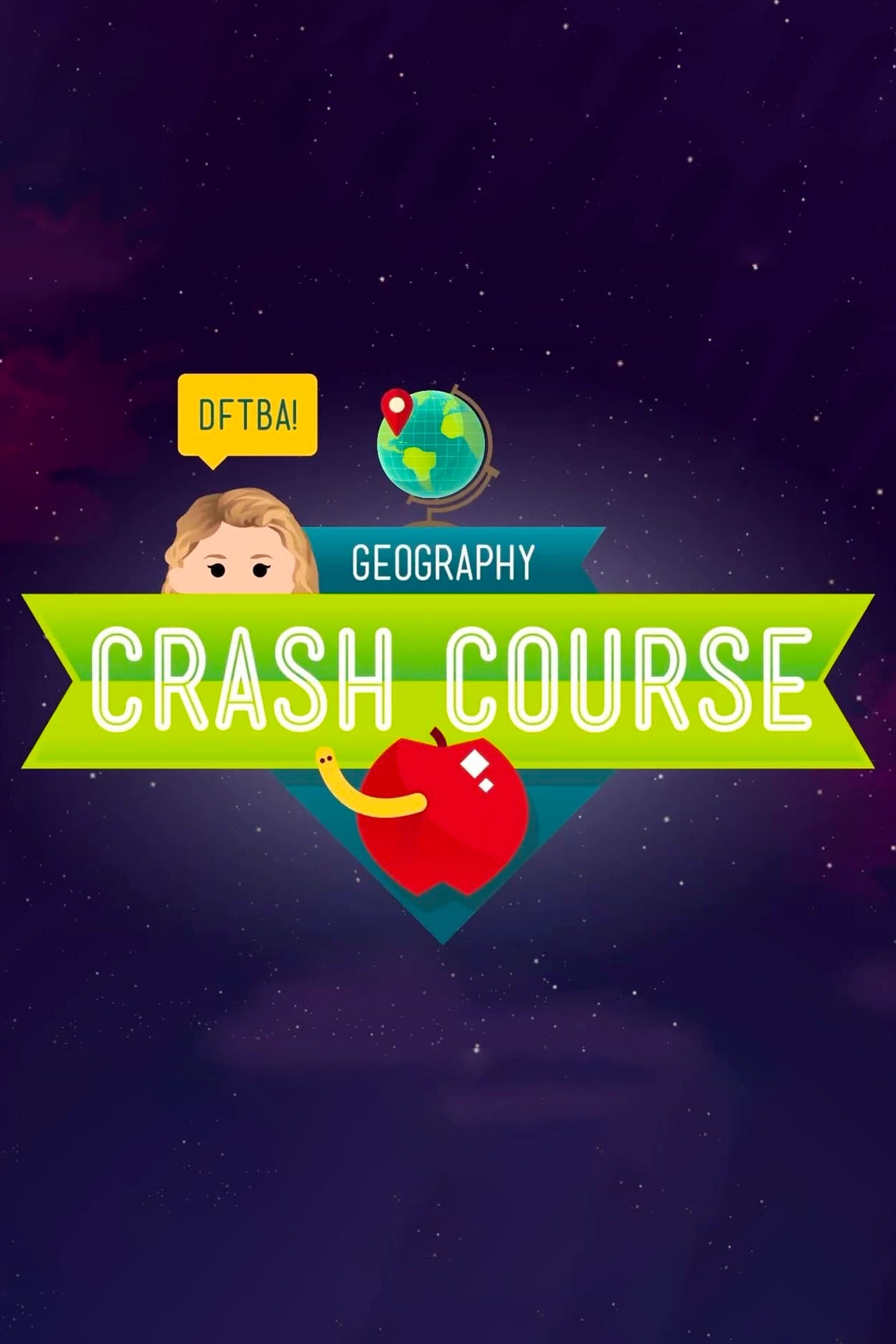
Today we’re going to mostly focus on the Indian diaspora, which is the largest in the world with over 18 million people of Indian descent living outside of India. And through this lens, we’ll teach you about many different types of voluntary and involuntary migration throughout history and around the world.